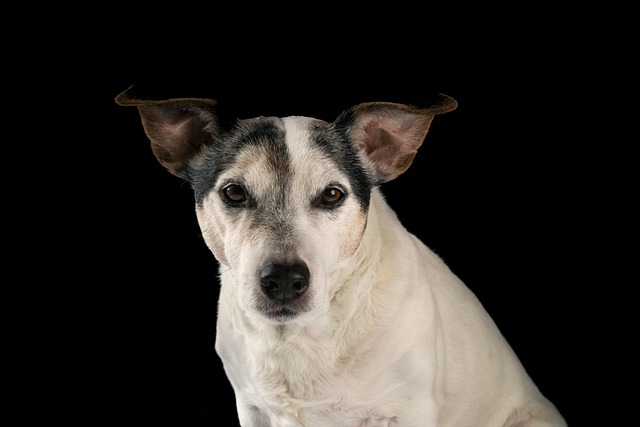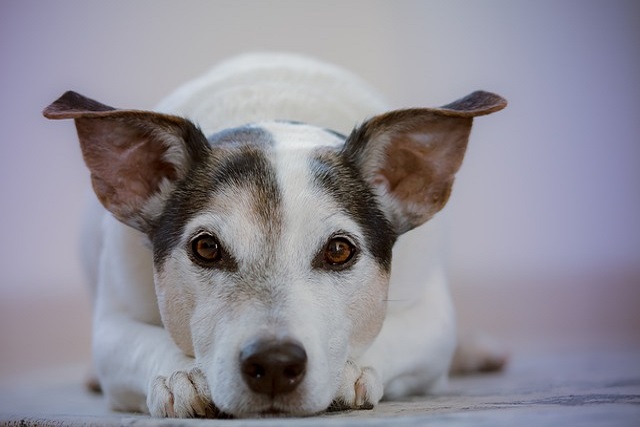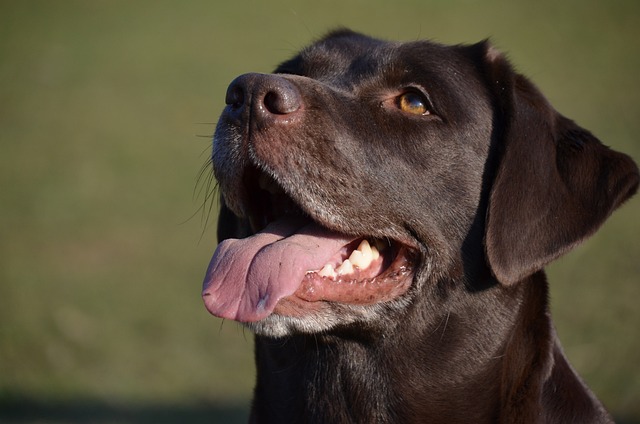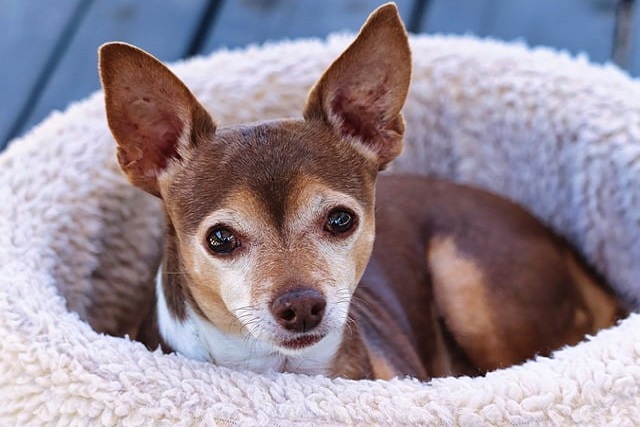When pet owners hear the word "pneumothorax" from a veterinarian, they are often accompanied by a heart-wrenching tremor. This disease, in which gas accumulates in the chest cavity and compresses the lungs, causing difficulty in breathing, is like a sudden storm that sweeps the life and health of dogs. In the face of this disease, the question of "whether surgery is needed" is like a boulder hanging in the owner's heart, heavy and full of unknowns and anxiety.
The causes of pneumothorax in dogs are complex and varied. Trauma is one of the common causes, such as strong collisions in car accidents and sharp punctures suffered when fighting with other animals. These accidents will instantly break the closed balance of the chest cavity and allow air to enter. There is also spontaneous pneumothorax, which often occurs in some dog breeds with congenitally weak lung structures, such as bulldogs and French bulldogs. Their alveolar walls are like fragile thin paper, which ruptures inadvertently, and gas escapes and accumulates in the chest cavity. In addition, lung diseases such as tumor erosion and infection-induced damage to lung tissue can also be the trigger for pneumothorax.
The painful performance of dogs during pneumothorax attacks makes every pet lover feel heartbroken. The originally lively and active little guy suddenly became short of breath, gasping with his mouth open, and his abdomen rose and fell violently, as if he could not get enough oxygen even with all his strength. They were listless, unwilling to move, and even had symptoms of hypoxia with purple mucous membranes. Seeing the fur children who usually rely on themselves suffer such torture, the owner's inner torment can be imagined, and every breath seems to be piercing the owner's heart.
Diagnosing dog pneumothorax requires veterinarians to use professional knowledge and precision instruments to unravel the mystery. A detailed medical history is the first step to understand whether the dog has recent trauma, abnormal behavior and other clues. During the physical examination, the veterinarian will find that the lung breath sounds are weakened or disappeared through auscultation, and the chest cavity presents abnormal drum sounds when percussed. X-ray examination is the key. The clear image can intuitively show the distribution of gas in the chest cavity and the degree of lung compression, just like taking a "photo" of the chest cavity, so that the condition can be seen. Sometimes, in order to more accurately determine the cause of the disease, CT scans or thoracentesis are performed to extract gas and fluid in the chest cavity for analysis.
 In the choice of treatment plan, whether to have surgery becomes the most critical decision. For mild pneumothorax, if the dog's breathing condition is relatively stable and the pneumothorax is caused by minor trauma or accidental factors, conservative treatment may be a feasible option. The veterinarian will closely monitor the dog's breathing, heart rate and other vital signs, help them relieve hypoxia symptoms through oxygen inhalation, and perform thoracentesis and extraction when necessary to reduce the pressure in the chest cavity. In this process, the owner's careful care is crucial. A quiet and comfortable environment and a regular diet can help the dog recover slowly. However, conservative treatment is not a panacea. It has certain risks. The condition may recur. Once it worsens, the treatment plan needs to be adjusted in time.
In the choice of treatment plan, whether to have surgery becomes the most critical decision. For mild pneumothorax, if the dog's breathing condition is relatively stable and the pneumothorax is caused by minor trauma or accidental factors, conservative treatment may be a feasible option. The veterinarian will closely monitor the dog's breathing, heart rate and other vital signs, help them relieve hypoxia symptoms through oxygen inhalation, and perform thoracentesis and extraction when necessary to reduce the pressure in the chest cavity. In this process, the owner's careful care is crucial. A quiet and comfortable environment and a regular diet can help the dog recover slowly. However, conservative treatment is not a panacea. It has certain risks. The condition may recur. Once it worsens, the treatment plan needs to be adjusted in time.
When the dog's pneumothorax is more serious, such as lung compression of more than 50%, shortness of breath with obvious cyanosis, or the condition does not improve or even worsens after conservative treatment, surgical treatment often becomes the key means of saving life. The surgical methods mainly include thoracotomy and thoracoscopic surgery. Thoracotomy allows veterinarians to directly observe the internal situation of the chest cavity, accurately repair damaged lung tissue, and ligate the leaking parts, but this operation is more traumatic and takes a long time to recover after surgery. Thoracoscopic surgery is relatively minimally invasive. The lens and surgical instruments are inserted through several small holes, and the treatment is completed under visual operation. It has the advantages of less trauma and faster recovery. During the operation, the veterinarians are fully focused, as if they are playing a game with the god of death. Every operation is related to the life and death of the dog.
From an emotional level, the decision to operate is not only a medical judgment, but also a reflection of the owner's deep love for the dog. Surgery means taking risks, and may face high costs, or the pain of surgical failure. But most owners will choose to fight for a glimmer of life for their dogs without hesitation when faced with a life-and-death decision. They believe in the professionalism of veterinarians, hold hope, and wait anxiously outside the operating room. Every minute and every second is full of torment and expectation. When the operation is successful, watching the dog gradually regain vitality and wag its tail and run towards them again, all the efforts become worthwhile.
However, we must also realize that not all dogs can withstand the trauma of surgery. For some elderly and frail dogs with multiple underlying diseases, the risk of surgery is extremely high, and conservative treatment may be a more humane choice at this time. Veterinarians will fully communicate with the owner, weigh the pros and cons, and formulate the most suitable treatment plan for the dog, finding a balance between prolonging life and reducing pain.
There is no absolute answer to whether a dog's pneumothorax requires surgery. It is a comprehensive consideration of medical knowledge, clinical experience, condition, and the owner's emotions. Every treatment is a respect and protection for life. Whether it is the patient waiting for conservative treatment or the courageous decision to undergo surgery, it is full of the owner's deep love for the dog. As a pet owner, you should understand the relevant knowledge about pneumothorax, strengthen the protection of your dog in daily life, and take them for regular physical examinations. Only then can you make more scientific and warmer decisions when facing the disease, and work with your veterinarian to safeguard your dog's health.

 In the choice of treatment plan, whether to have surgery becomes the most critical decision. For mild pneumothorax, if the dog's breathing condition is relatively stable and the pneumothorax is caused by minor trauma or accidental factors, conservative treatment may be a feasible option. The veterinarian will closely monitor the dog's breathing, heart rate and other vital signs, help them relieve hypoxia symptoms through oxygen inhalation, and perform thoracentesis and extraction when necessary to reduce the pressure in the chest cavity. In this process, the owner's careful care is crucial. A quiet and comfortable environment and a regular diet can help the dog recover slowly. However, conservative treatment is not a panacea. It has certain risks. The condition may recur. Once it worsens, the treatment plan needs to be adjusted in time.
In the choice of treatment plan, whether to have surgery becomes the most critical decision. For mild pneumothorax, if the dog's breathing condition is relatively stable and the pneumothorax is caused by minor trauma or accidental factors, conservative treatment may be a feasible option. The veterinarian will closely monitor the dog's breathing, heart rate and other vital signs, help them relieve hypoxia symptoms through oxygen inhalation, and perform thoracentesis and extraction when necessary to reduce the pressure in the chest cavity. In this process, the owner's careful care is crucial. A quiet and comfortable environment and a regular diet can help the dog recover slowly. However, conservative treatment is not a panacea. It has certain risks. The condition may recur. Once it worsens, the treatment plan needs to be adjusted in time.



